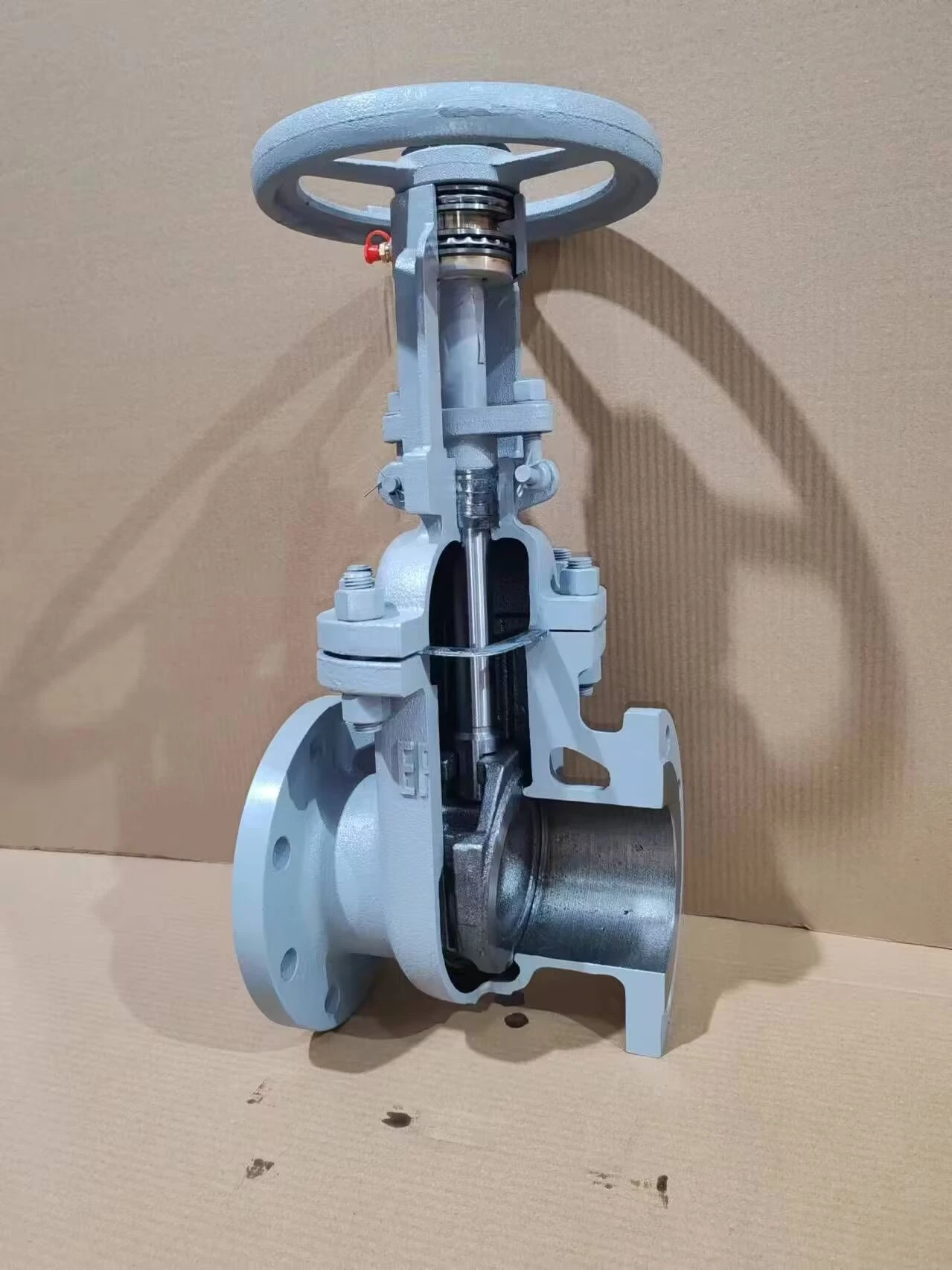ball valve stem
Understanding Ball Valve Stems Design, Functionality, and Applications
Ball valves are an essential component in various industries, providing reliable, efficient flow control. Among their vital parts is the ball valve stem, a component that plays a crucial role in the operation and integrity of the valve. In this article, we will explore the function of the ball valve stem, its design considerations, materials commonly used, maintenance practices, and its applications in different sectors.
Function of the Ball Valve Stem
The stem of a ball valve serves as the connection between the actuator (manual or automatic) and the ball itself. When the actuator is turned or engaged, it moves the stem, which in turn rotates the ball to either open or close the valve. This mechanism is key to the valve's operation, as it allows for quick and efficient flow control.
In most designs, the ball can rotate 90 degrees from fully open to fully closed, enabling precise regulation of the flow of liquids or gases. The simplicity of this design results in minimal pressure drop across the valve and allows for smooth operations, making it a preferred choice in applications requiring high flow rate management.
Design Considerations
When designing a ball valve stem, several factors need to be considered to ensure efficiency, durability, and safety
1. Size and Length The size of the stem must correspond to the valve's size and the specific application. A longer stem may be necessary for applications requiring extended reach, while a shorter stem may be sufficient for straightforward installations.
2. Sealing Mechanisms The stem must be designed to prevent leakage. This is typically achieved through the use of O-rings and seals that can withstand the specific pressure and temperature conditions of the application.
3. Actuation Type The design of the stem will also depend on the type of actuator used, whether it is a manual lever, pneumatic, or electric actuator. Each actuation method has different requirements for stem design.
4. Material Selection The stem material must be compatible with the media passing through the valve and the environmental conditions. Common materials include stainless steel, carbon steel, and various alloys, chosen for their corrosion resistance and durability.
Materials Used in Ball Valve Stems
The choice of material for the ball valve stem is critical to its performance
. Here are some common materialsball valve stem

- Stainless Steel Known for its corrosion resistance and strength, stainless steel is a popular choice for stem material, especially in applications dealing with aggressive fluids. - Carbon Steel This material is often used in less corrosive environments and is ideal for industries where cost is a major consideration.
- Plastic Composites In some applications, particularly those involving corrosive fluids, plastic composite materials may be used for their lightweight properties and resistance to chemicals.
Maintenance Practices
Proper maintenance of the ball valve stem is imperative for ensuring the longevity and reliable operation of the valve. Here are some key practices
1. Regular Inspections Routine checks should be conducted to identify any wear or corrosion on the stem and seals.
2. Lubrication Appropriate lubrication of the stem is essential to minimize friction and wear, especially in manual valves.
3. Seal Replacement Over time, seals may degrade. Regularly replacing O-rings and seals can prevent leaks and maintain performance.
4. Calibration For automated ball valves, ensuring that the actuator is properly calibrated is crucial for the correct functioning of the valve and preventing excessive wear on the stem.
Applications
Ball valve stems find their application across a multitude of sectors, including
- Oil and Gas Used extensively for flow control in pipelines and refineries. - Water and Wastewater Employed in treatment plants for managing the flow of water and various chemicals. - Chemical Processing Utilized in handling various corrosive substances safely and effectively. - Food and Beverage Required in processes where hygiene and safety are paramount, ensuring no contamination occurs during flow regulation.
In conclusion, the ball valve stem is a crucial component that significantly influences the valve’s performance and reliability. By understanding its design, functionality, and maintenance, industries can ensure optimal operations, contributing to the overall efficiency and safety of their processes.
-
Breakthrough in Domestic Low Temperature Valve Technology in ChinaNewsAug.18,2025
-
From Machinery to Intelligent Brain: The Digital Transformation Wave of the Valve IndustryNewsAug.18,2025
-
PCVEXPO 2025NewsAug.18,2025
-
The Key to Fluid Control: Exploring the Advantages of Ball Valves in Industrial SystemsNewsJul.09,2025
-
The Versatile World of 1, 2, and 3 Piece Ball ValvesNewsJul.09,2025
-
Stainless Steel Ball Valves: The Ideal Choice for Efficient Flow ControlNewsJul.09,2025
-
Optimizing Fluid Control with Ball Float ValvesNewsJul.09,2025




